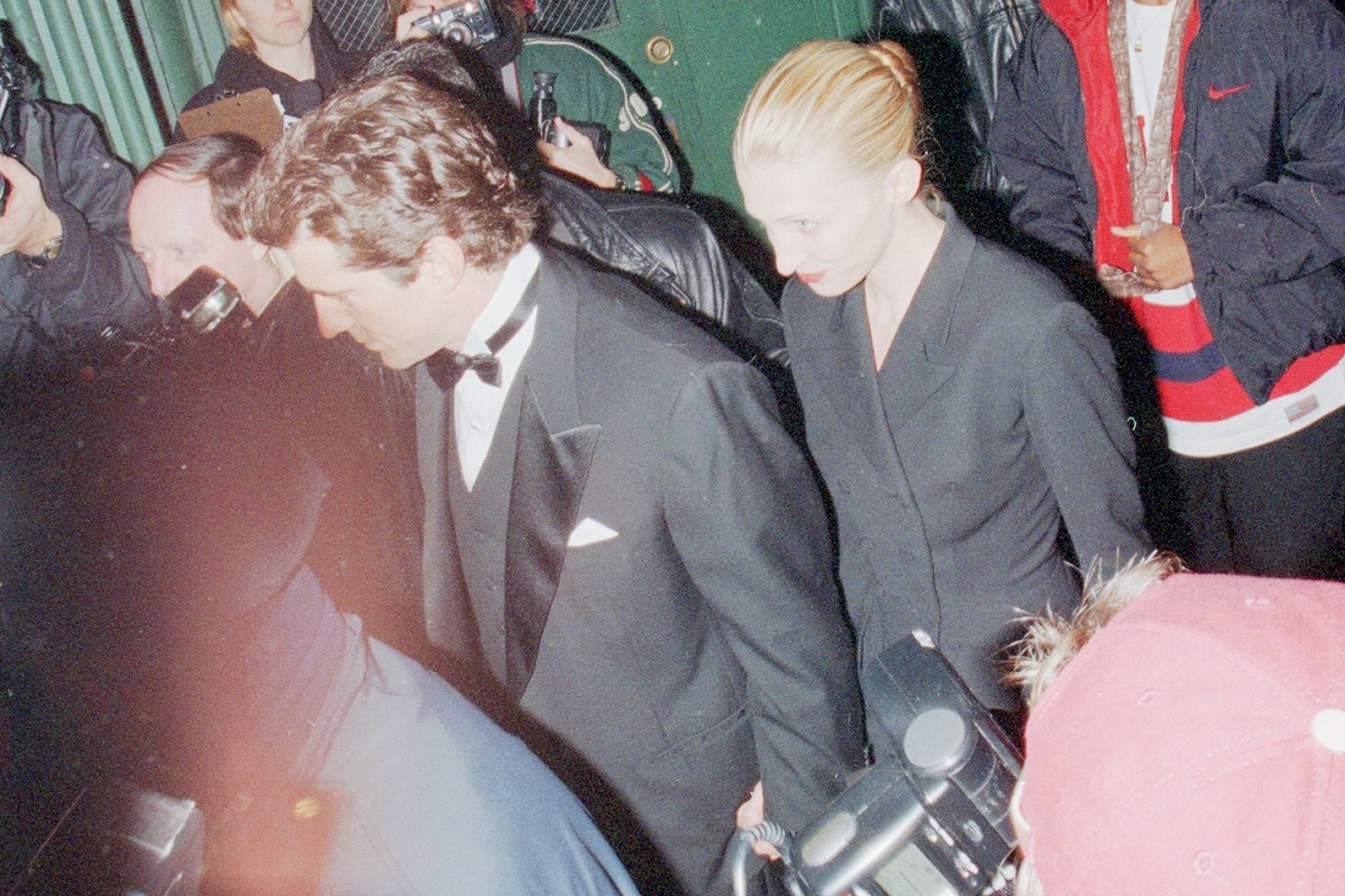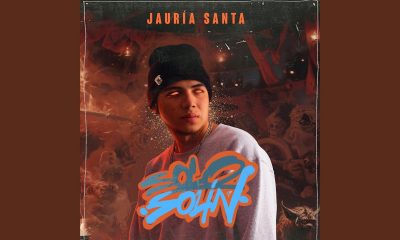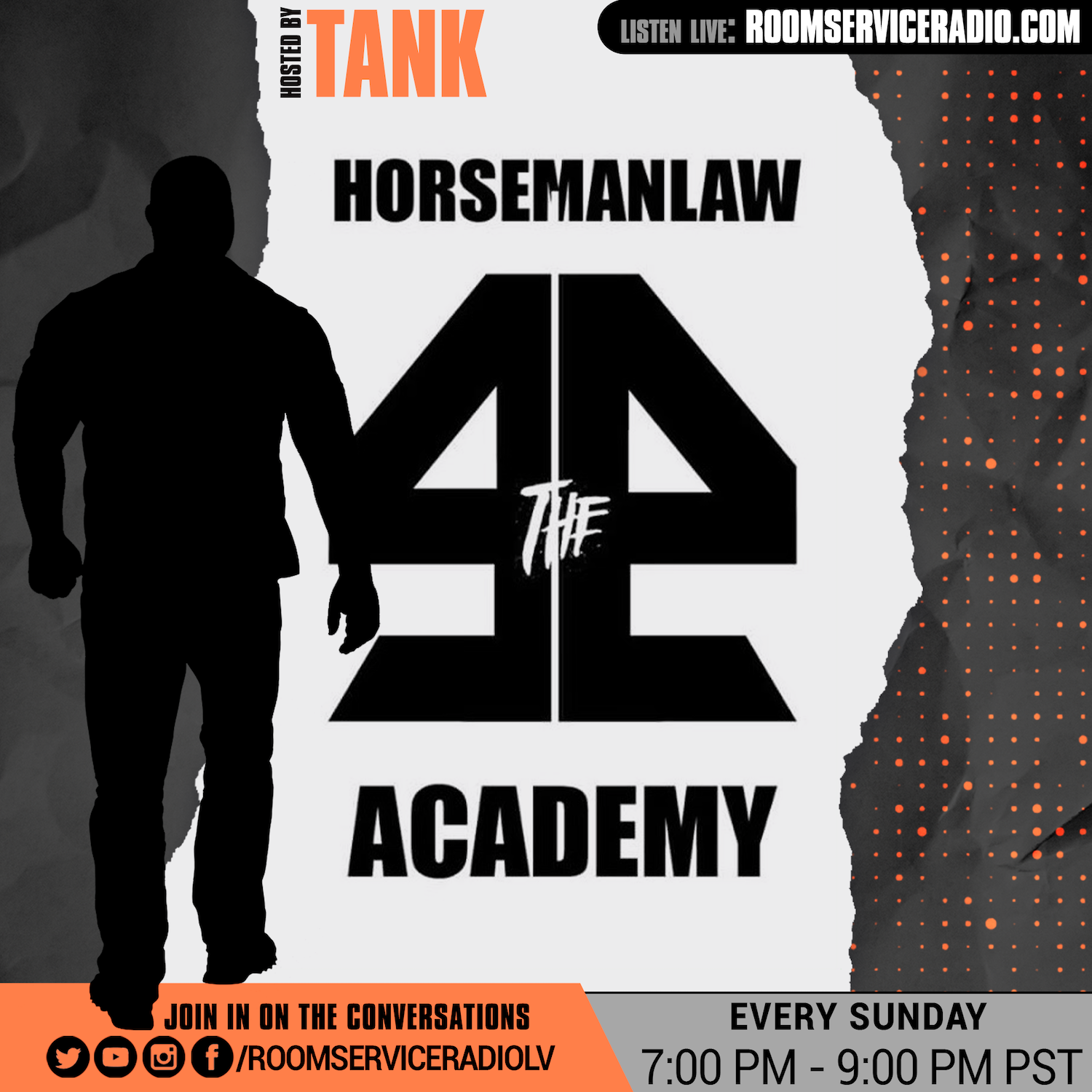
Carolyn Bessette-Kennedy, Yohji Yamamoto’s Great Interpreter
Yohji-san offers interviews only in person during fashion week, but a spokesperson confirmed that Bessette-Kennedy had a “very strong relationship with the house from 1996 until 1999.” The two never met—although, the spokesperson noted, the designer sent a memorial message to WWD when Bessette-Kennedy passed away. (Yamamoto no longer has a copy since he faxed the only one to the paper.)
As her Yohji Yamamoto looks show, what makes Bessette-Kennedy’s style so memorable isn’t merely her minimalist taste, but her grasp of the very idea: she really loved avant-garde fashion. Her celebrity peers, like Princess Diana, liked the flash of Versace and the snobbier minimalism of Armani. And other fashion icons of American politics, like her mother-in-law, Jackie Kennedy, or Nancy Reagan, preferred French couturiers and their American counterparts, who stood for a kind of whole-milk glamour—Oscar de La Renta, James Galanos, Bill Blass, Ralph Lauren. Bessette-Kennedy seemed to feel better in something weirder.
So what drew Bessette-Kennedy to Yohji-san’s designs? In a 2016 story on the “one-woman fashion cult,” Town & Country suggested that her wardrobe reflected the tumult and insecurity that allegedly follow the Kennedys’ wedding: “Prior to their marriage, Carolyn was often photographed in the slinkiest of outfits…. Afterwards the necklines went up, up, up. When she did appear at official events in public, it was almost exclusively in uncompromising designs of Japanese avant-garde Yohji Yamamoto, her famous luscious hair severely pulled back, almost school-marmish.”
In other words: the fittingly sad wardrobe for America’s saddest fairytale. But that timeline doesn’t quite line up—nor is it consistent with Yohji-san’s work. First, Bessette-Kennedy’s concerns were more practical, according to Terenzio: “When John started George, Carolyn had to make sure not to wear one designer over another because they advertise in the magazine. So she wore a ton of Yohji because they didn’t advertise at all.”
And there’s something beyond that business-savvy, too—the intellectual intention that Yohji-san stands for. As Yohji-san said in a 2011 interview, “My starting point was about wanting to protect a human’s body.” He continued, “I wanted to protect the clothes themselves from fashion, and at the same time protect the woman’s body from something—maybe from men’s eyes or a cold wind.” Bessette-Kennedy couldn’t hide from the public, but she could find clothing that made her feel in control.
Article written by Rachel Tashjian #GQ












